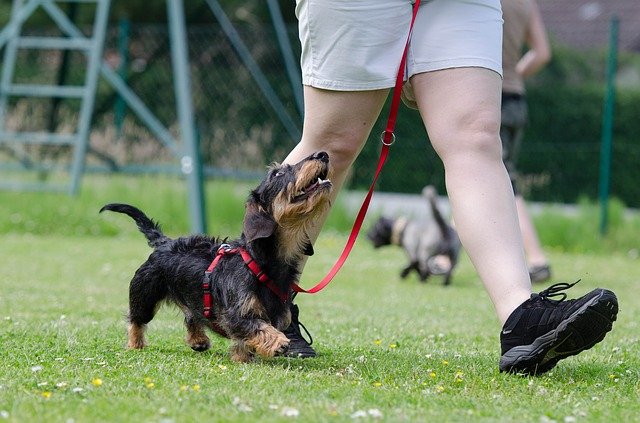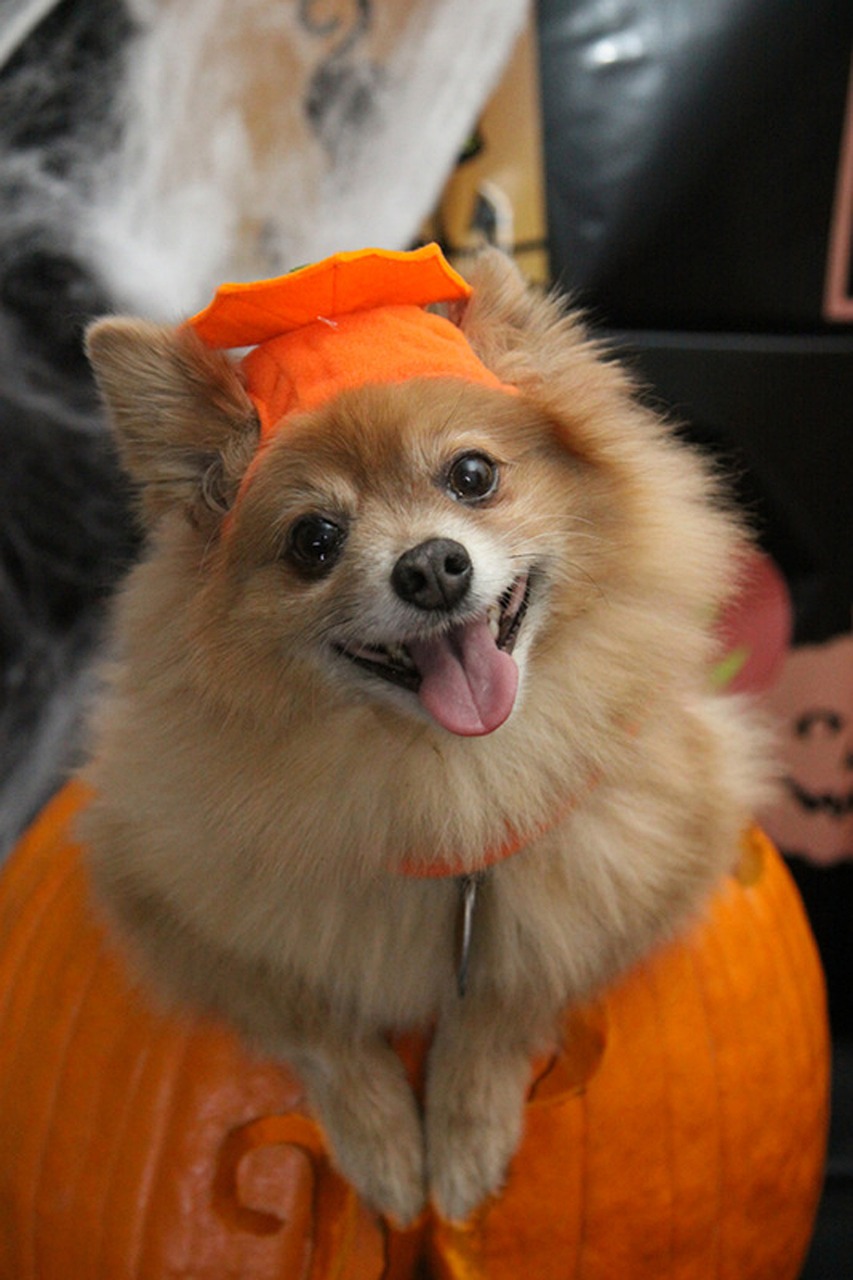
Leash Training Your Pet
Leash Training for your Pets
Initially pets dont like to be confined by anything; the exception can be when they are being rewarded treats they will then allow themselves to be held against will. If they are held by force, dogs will possibly retaliate by biting, clawing, or trying to escape. One of the reasons they may act this way might be that because they arent used to such kind of containment, this action will actually scare them. Another reason might be because of the lack of trust; they typically will not let a stranger hold them.
During this period of time it will also be difficult to put leash on the pet. They will be very restless and will try to get away. Adding to this, puppies might think you are playing and might act playful. They will look at the harness as a toy and will play with it or bite at it. Even if the owner is successful in leashing their pet, there will be more challenges tasks ahead. When the animal feels the tug of the leash, it may jump, try to bite the leash or paw at it, roll over on its back, etc. In the beginning, the animal may feel short of breath, at such times, the animal should be given a break from starting to walk. They should also be shown affection by petting, positive re-enforcement, and rewards. It helps them to accept things more easily and early.
With the progress of frequent walks, the number of breaks will decrease and so will the struggle with the leash. Actually holding the animal in your arms will take a longer time than him getting trained to the leash.
Frequent holding and lapping of the animal should be done when it is young and small as the task will become almost impossible once it starts getting bigger. Once this initial bond is formed the next step would be to actually hold the animal when it is wearing the leash. Again there will be struggle, as the situation will be completely different for them. The pet should not be held tight but instead the leash should be held low very near to the harness. After the animal struggles, gets tired, and calms down, he should be released. By this the animal will learn that the only way of getting released is by holding still and acting calm. After time and repetition, the pet wont struggle at all, when being held in arms wearing the leash. The time period of holding the pet can then be decreased slowly.
Leash training is very essential part of overall pet discipline and training. Since the animals have the natural instinct of wanting to roam freely, they need to be taken out on regular walks, in order to maintain their physical balance and understanding. When pets meet other strangers on the street, it should be trained not to get too anxious by holding them close until they calm down. Then if the stranger is willing and want to, allow them to greet one another still keeping you dog close. When walking if your dog has a tendency to pull handle the or hold them close until they choose to calm down. This can be difficult and take time as dogs naturally like to pull and lead. Remember remaining calm and repeating the same discipline will go a long way with leash training your dog.

